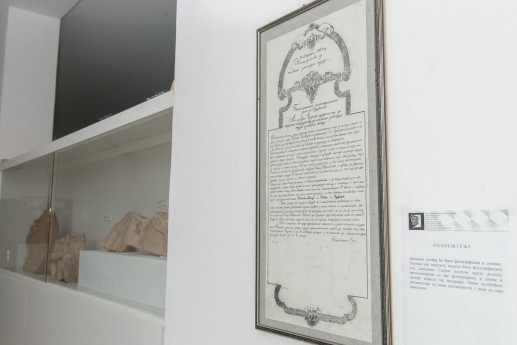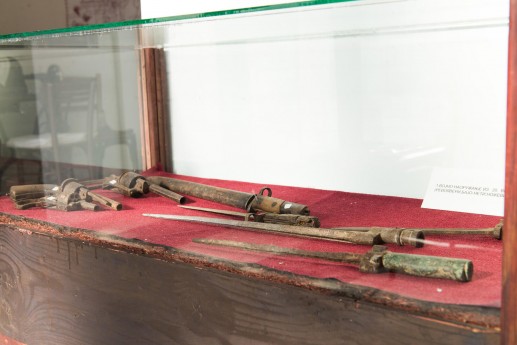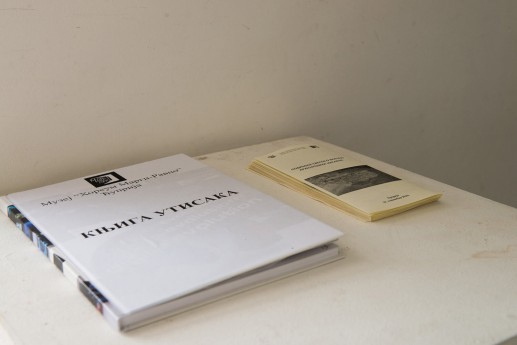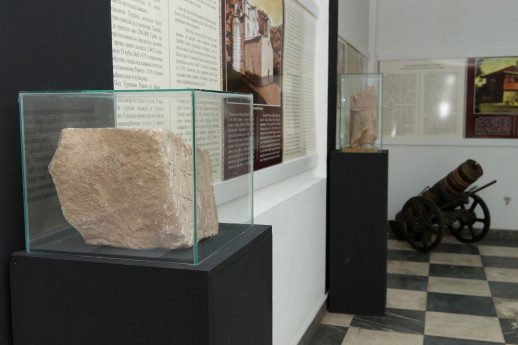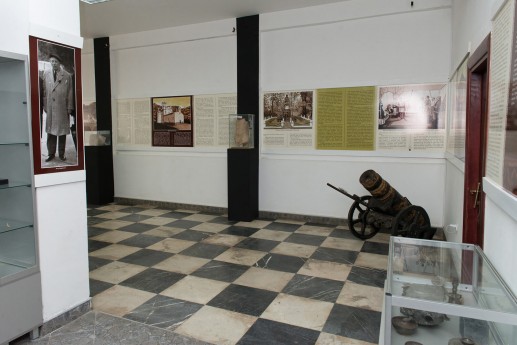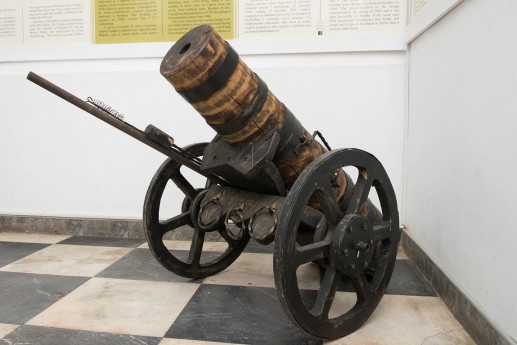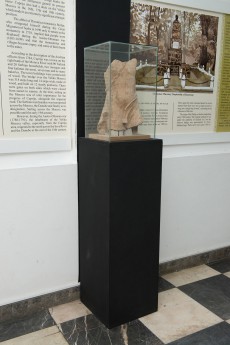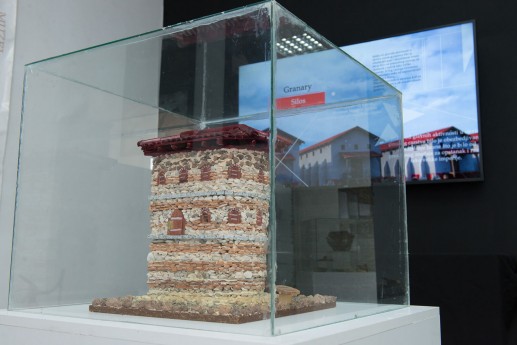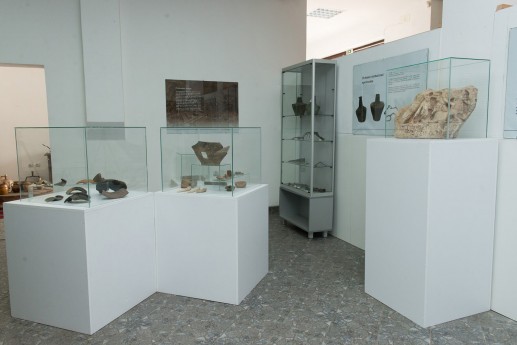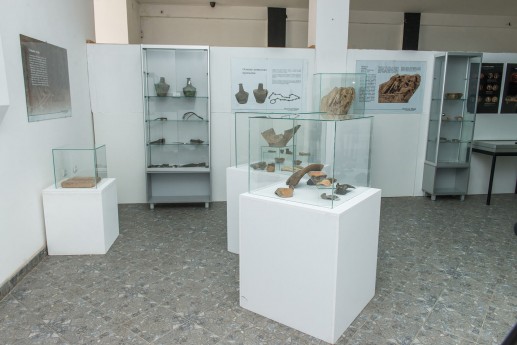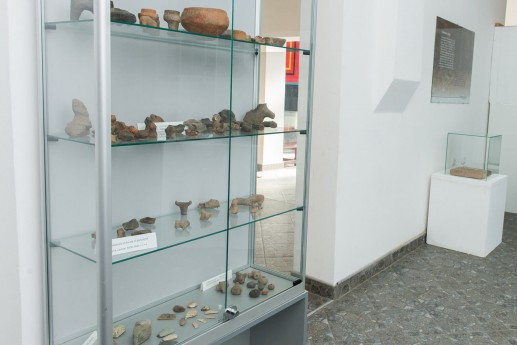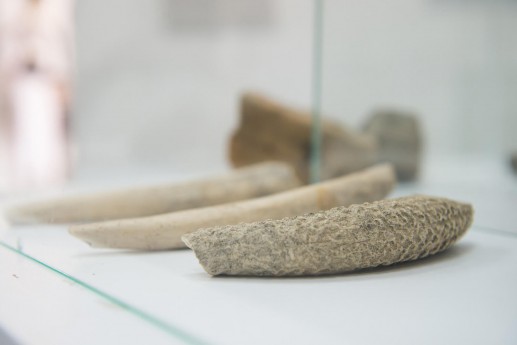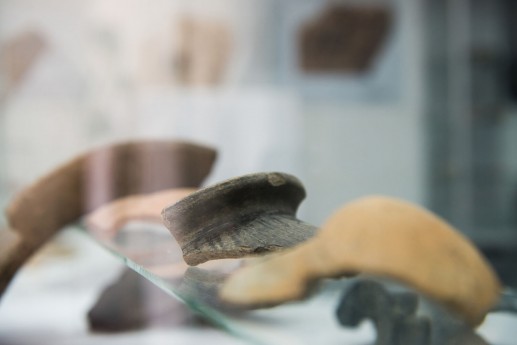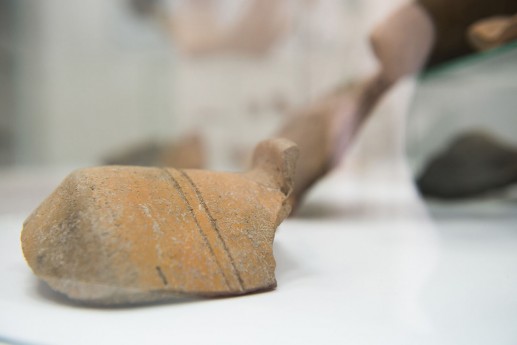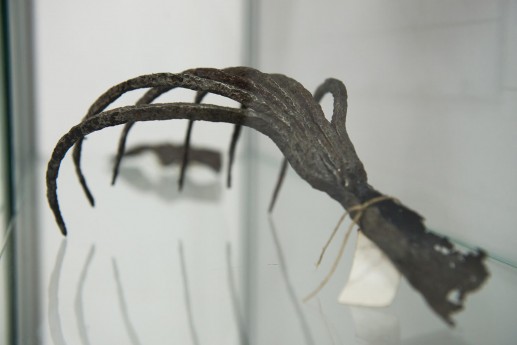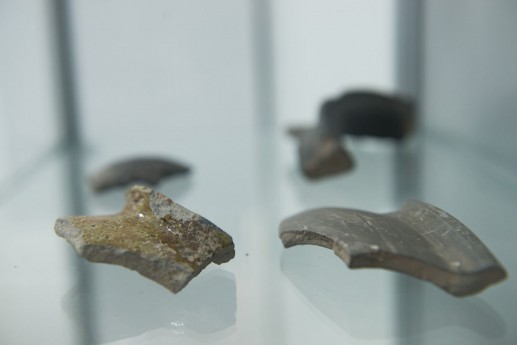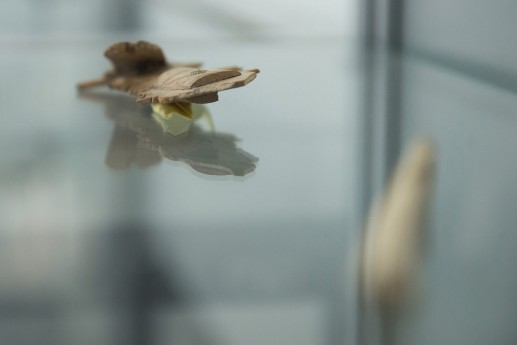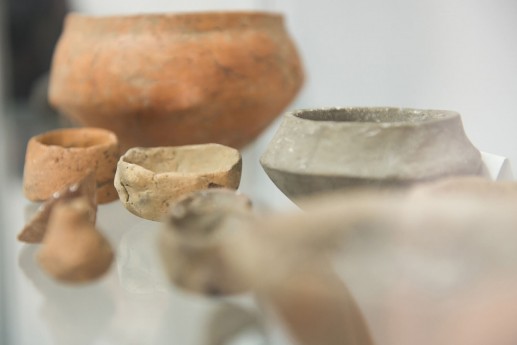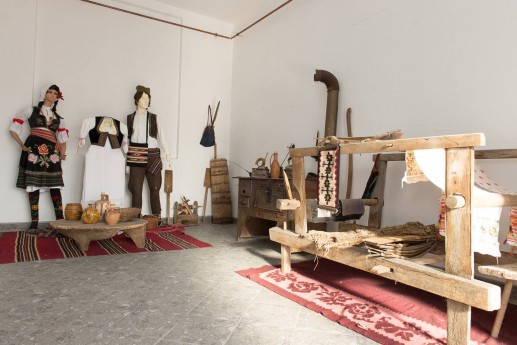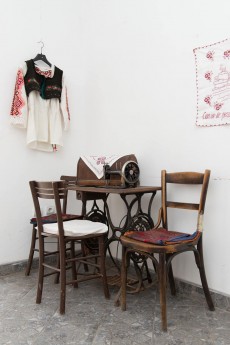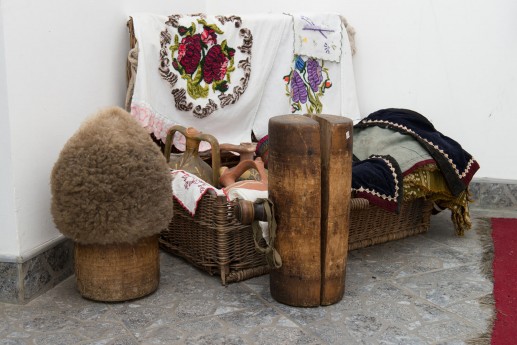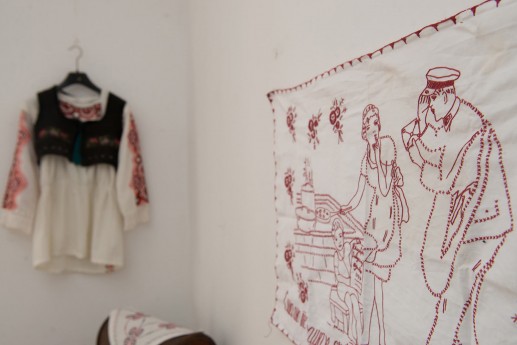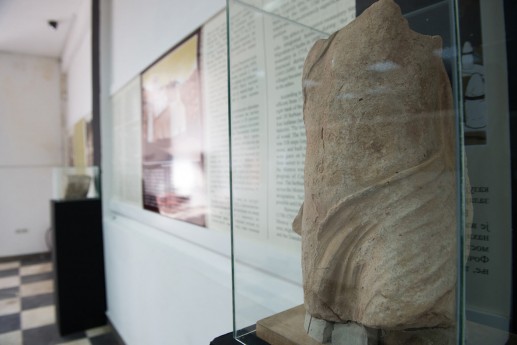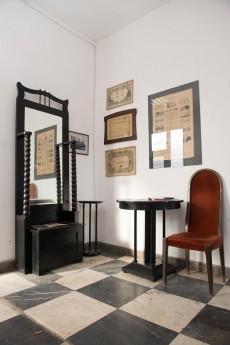History
History
Horreum margi
The first museum in Cuprija was founded in 1954 on the initiative of Professor of History and Russian at the Parish High School, a Russian emigrant, Igor Parfionov. This initiative was preceded by years of activity of students of the High School and Professor Igor Parfionov in collecting archaeological and historical material, which at one point exceeded the scope of the history cabinet. The municipality built the building for the needs of the Museum in the Kosovo-Moravian style of architecture and in 1955 "Cuprija Native Museum", one of the first museums in this part of Serbia, whose founder was exactly Igor Parfionov, moved into it, .
Uncle Igor, as the Cuprians called Igor Parfionov, was born in the Russian city of Vladikavkaz on June 4, 1905. After the death of his father Fedor, a lawyer, Igor moved with his mother Claudia to Belgrade, where he graduated from the Faculty of Philosophy in 1930 and took his professor's exam in 1936. By decision of the Ministries of Education of 27 October, 1939. He was transferred from the men's high school in Osijek to the gymnasium of Cuprija, where he became a professor of history, hygiene and geography on 15 November in the same year. He was married to his wife Ruzica, who was born in 1936. He initiated the establishment of the first museum in Cuprija in 1955, of which he was also the first warden. Since 1983, two years after his wife's death, he was placed in the Aleksinac Nursing Home, where he passed away on December 23, 1986. He was buried in the cemetery of Cuprija.
His love for antiquities was widely known, since he often visited old families of Cuprija to hear about the former Cuprija from the oldest locals. He wrote down these conversations as well as descriptions of old objects he had encountered. His notebook hasn't been preserved but there are fragments of his manuscripts and memories of various events. Passion for antiquities, history and archeology, Uncle Igor also passed on to students who, seeing that their professor was interested in old things, brought various old objects found in the house, whose purpose had long since been forgotten as well as all of them "tiles”, stones and bones that came to the surface when working in the field. Often, Igor took his students to archeological expeditions in Stublin near Supska, Senj, Kraljevo polje, etc., to archeological sites that would be officially discovered and explored many years later.
In addition to archeological work and the collection of historical and archaeological material, Igor Parfionov also dealt with the problem of protecting various sites on the territory of Cuprija. He was the first one to raise the issue of protecting the locality of Karadjordje's moats near Ivankovac, which is today the "Memorable place of Šančevi Ivankovac", the place where the first victory of the Serbian uprisings in the first Serbian uprising in 1805 was celebrated. A national ceremony is being held today to pay tribute to the fallen soldiers on 18 August. Igor Parfionov was appointed museum warden in 1955 and a ten-member board was elected to assist him. After ten years of work, it was decided to annex the museum to the city library, and Igor Parfonov had to leave the post of museum warden, noting that the museum business was not professional enough. He retired shortly after.
After the departure of Igor Parfionov from the position of the head of the museum, then young archaeologist Predrag Vuckovic was appointed. In 1968, Cuprija was hit by a heavy flood when the museum building suffered damage. A part of the collection was then moved to a secure location until adequate conditions were met to hold the exhibits (Jagodina Heritage Museum and National Museum in Belgrade), and later, after the demolition of the museum building in 1970, 29 more exhibits from the former museum of Cuprija were handed over to the Jagodina Local Museum in 1972. The rest of the exhibit was located in the basement of the house of the national hero Miodrag Novakovic Dzudza.
The remaining exhibits were being pulled through various alternate depots until 1989 when, during the expansion of the Post's capacity, workers encountered the remnants of the northeast tower of Horreum Margi, which led to the cessation of construction work.
In 1993, the Museum "Horeum Margi-Ravno" was founded taht was housed in the Post Office building containing the remaining exhibits of the old "Cuprija Regional Museum" as well as the stone plastic of the Roman city collected during the research in the Barracks "National Hero Miodrag Novakovic Dzudza in Cuprija in the 60s and 70s of the 20th century.
The Horeum Margi-Ravno Museum today has a permanent archeological exhibition consisting of archeological objects from the Neolithic period from the site of Stublin in Supska 3500-5000 BC, from the ancient period 1st - 4th century BC the localities Horreum Margi and the Coffeehouse, the Middle Ages, the Ravanica Monastery, as well as items from the 20th century historical collection of weapons.



